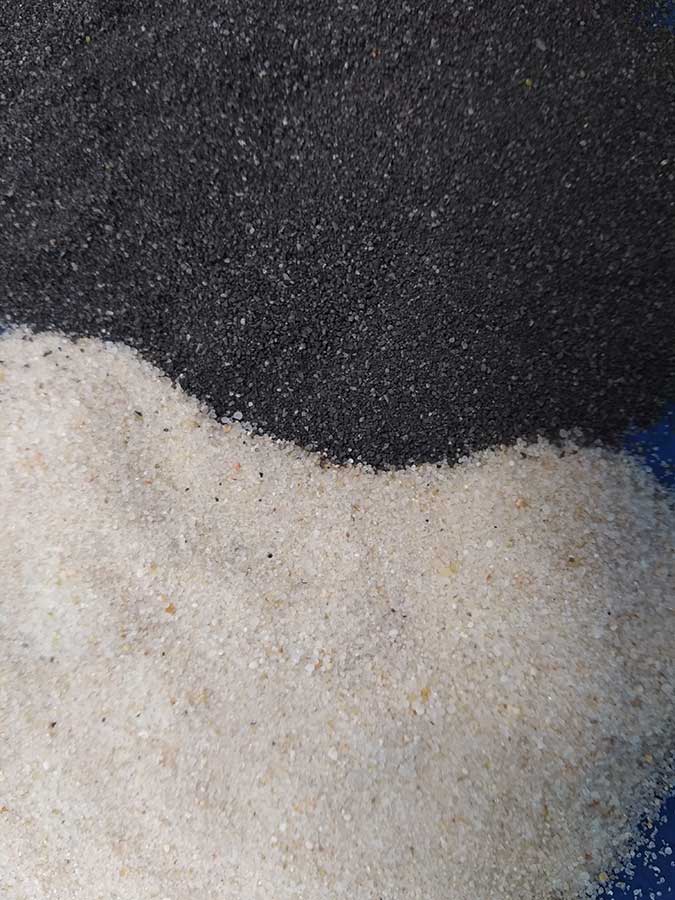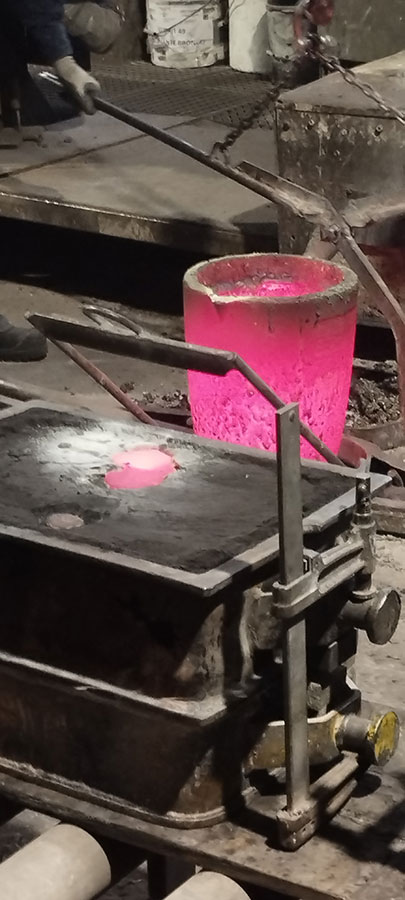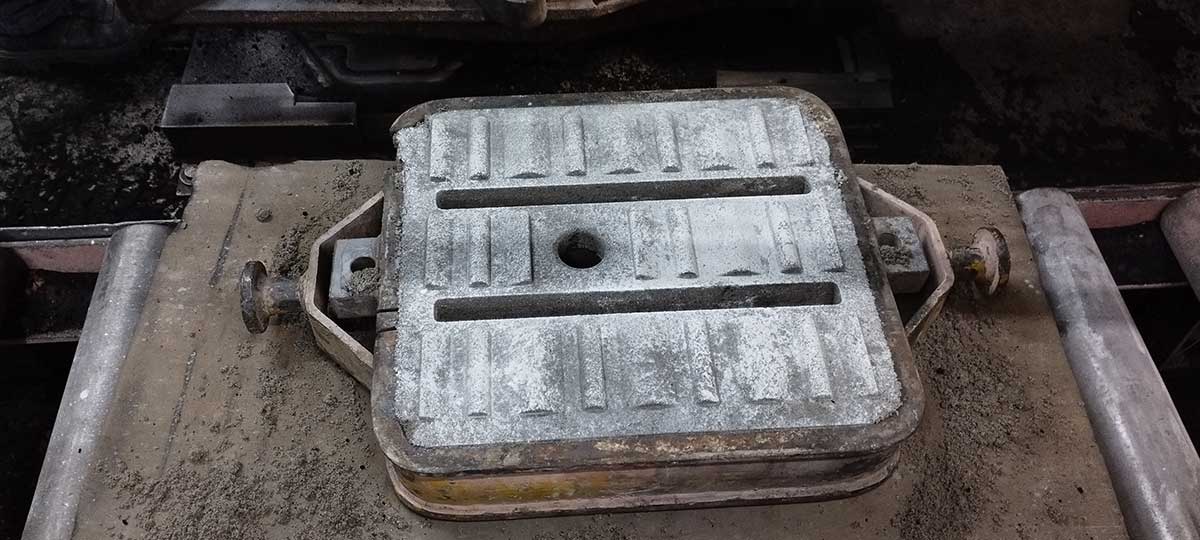RESAND
ALTERNATIVE MOULDING MATERIALS TO SILICA FOUNDRY SAND
Silica sand is the most widely used in the moulding of castings due to its interesting characteristics, such as high compaction power and large availability of sizes and/or distributions. However, crystalline silica dust in the breathable fraction poses certain problems to be combated in the foundry process: the risk of developing an occupational disease known as "silicosis" caused by exposure to sand dust in mould and core manufacturing and de-moulding operations; the recent classification as a carcinogenic agent (Royal Decree 1154/2000) with a binding occupational exposure limit value of 0.05mg/m3; or the imminent ban on landfill for foundry sands (in accordance with the Basque Waste Plan 2030). Finally, the cost of purchasing silica sand for foundry use has risen to around €40 per tonne, which is a significant expense in many foundries.
EUSKATFUND is an auxiliary company and supplier of foundry products and has led RESAND, in which the FUCHOSA foundry has participated as a partner and in which the AZTERLAN Technology Centre has collaborated.

DRIVING FACTOR



 OBJECTIVES
OBJECTIVES
- Develop an alternative moulding sand to silica sand for the manufacture of moulds and foundry cores from the recovery of black steel slag, which meets the technical properties required for moulds and has a lower impact on the environment and on the health of workers.
- Foster industrial symbiosis between the steel and foundry industries, through new opportunities for the use of the most relevant waste in the Basque Country: steel slag.
- Describe good mouldability, compactability, refractoriness and cooling and de-sanding capacity of steel sand after the part as cooled.
- Obtain the recyclability and reusability of steel sand in several production cycles, in order to minimise the quantities of waste sand generated in the moulding processes and contribute to the objectives of the Waste Prevention Plan 2030.
 RESULTS
RESULTS
- Development of the process of transforming slag into moulding sands of a size and grain distribution in the range of silica sands used in moulding applications. The process combines mechanical grinding, sorting and washing systems.
- Minimisation of crystalline silica emissions: steel sand does not generate them.
- The differentiating characteristics compared to silica sand are: basic pH, higher density, angular grain morphology.
- Significant improvement in the compressive and cracking strengths of steel mixes. The other mechanical properties have also been improved.
- 20% additional demand for water in moulding.
- Reduction in environmental impact in all categories, particularly reductions in climate change (30% reduction in CO2 emissions), use of fossil resources (32% reduction in energy consumption) and use of mineral resources (36% reduction).
 CONCLUSIONS
CONCLUSIONS
- Electric arc furnace slag has proven to be a potential and harmless material from the point of view of crystalline silica generation, representing a material of interest to replace silica sand in foundry moulding processes, specifically in green moulding processes.
- The recovery of black slag is an important economic and environmental improvement, but sand formulation needs to be optimised to reduce raw material consumption.
- The impact of this material on the quality of parts, equipment and production resources, possibilities for recycling and reuse still need to be studied further. It should be addressed in a forthcoming demonstration project at an industrial level.
- RESAND results were presented at the 74th World Foundry Congress in Korea in October 2022.
ENVIRONMENTAL
TECHNICAL
ECONOMIC
COMMERCIAL
ON THE MARKET





